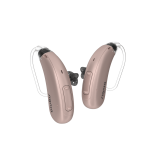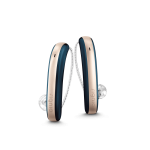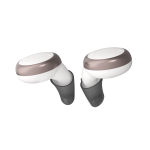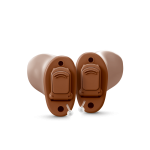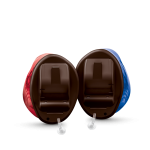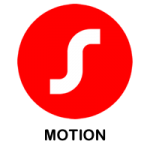Understanding Conductive Hearing Loss: Causes and Characteristics
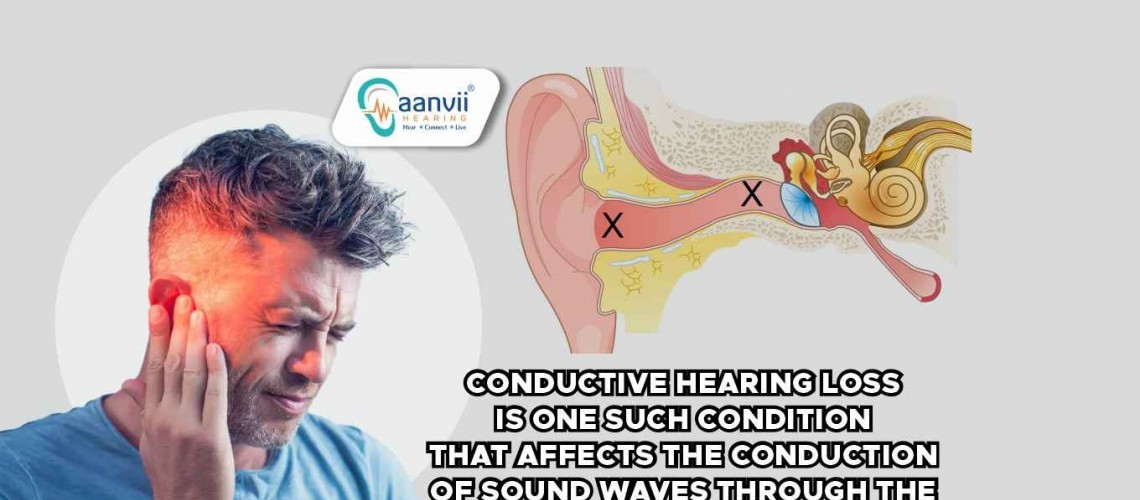
Understanding Conductive Hearing Loss: Causes and Characteristics
Hearing is a fundamental sense that connects us to the world
around us. When our ability to hear is compromised, it can impact our daily
interactions and overall quality of life. Conductive hearing loss is one such
condition that affects the conduction of sound waves through the outer and
middle ear. In this article, we'll explore the causes, characteristics, and
potential solutions for conductive hearing loss.
Unveiling the Causes of Conductive Hearing Loss:
Conductive hearing loss arises from disruptions in the
intricate mechanisms responsible for transmitting sound waves from the outer
ear to the inner ear. Let's delve into the various factors that can lead to
this type of hearing loss.
Earwax Blockage:
Excessive earwax buildup is a common culprit behind conductive
hearing loss. When earwax accumulates in the ear canal, it acts as a barrier,
preventing sound waves from reaching the eardrum.
Ear Infections:
Infections that affect the ear canal or middle ear, such as
otitis media, can introduce inflammation and fluid accumulation. These
disturbances interfere with the normal conduction of sound, resulting in
hearing difficulties.
Perforated Eardrum:
A tear or hole in the eardrum can disrupt its ability to
vibrate in response to sound waves. This impedes the transmission of sound from
the outer ear to the middle ear.
Middle Ear Fluid:
Fluid buildup within the middle ear, often triggered by
infections or Eustachian tube dysfunction, can hinder the movement of the tiny
ossicles responsible for conducting sound.
Ear Abnormalities or Malformations:
Structural irregularities within the outer or middle ear,
such as a narrow ear canal or missing anatomical components, can lead to
conductive hearing loss by obstructing sound conduction.
Tumors or Growths:
Although rare, benign or malignant growths in the ear canal
or middle ear can create blockages that interfere with the normal transmission
of sound waves.
Exploring the Characteristics of Conductive Hearing Loss:
The manifestations of conductive hearing loss can vary based
on the underlying cause and its severity.
Here are some common characteristics associated with this condition:
Reduced Sound Volume and Clarity:
Individuals with conductive hearing loss often experience a
reduction in the volume and clarity of sounds. Conversations and environmental
noises may appear faint or muffled.
Difficulty Hearing Faint Sounds:
Faint or distant sounds, such as whispers or distant conversations, become challenging to perceive for those with conductive hearing loss.

Sensation of Fullness or Pressure:
Many individuals with conductive hearing loss report a
sensation of fullness or pressure in the affected ear. This feeling can be
likened to having a blocked or clogged ear.
Seeking Solutions for Conductive Hearing Loss:
While conductive hearing loss can pose challenges, it is
important to note that there are solutions available to address this condition.
Here are a few avenues to explore:
Medical Intervention:
In cases of ear infections or fluid buildup, medical
treatment such as antibiotics or ear drainage may be necessary to restore
normal hearing.
Surgical Options:
Surgical procedures, such as repairing a perforated eardrum
or addressing structural abnormalities, may be recommended to improve sound
conduction.
Hearing Devices:
Hearing aids can be beneficial for individuals with
conductive hearing loss, as they amplify sounds and enhance overall hearing
clarity.
Regular Check-ups:
It's advisable to undergo regular hearing check-ups with a
qualified audiologist. These professionals can monitor your hearing health and
recommend appropriate interventions.
Conductive hearing loss underscores the intricate nature of
our auditory system and the potential challenges that can arise. By
understanding the causes and characteristics of this condition, individuals can
take proactive steps to seek appropriate solutions. Whether through medical
interventions, surgical procedures, or the use of hearing devices, the goal is
to restore optimal sound conduction and enhance overall hearing capabilities.
If you or a loved one experiences symptoms of conductive hearing loss, reaching
out to a hearing healthcare professional is the first step toward regaining the
joy of clear and vibrant auditory experiences. To Book an appointment for a
FREE Hearing Test call us at 96 5839 5839 or visit www.aanviihearing.com

